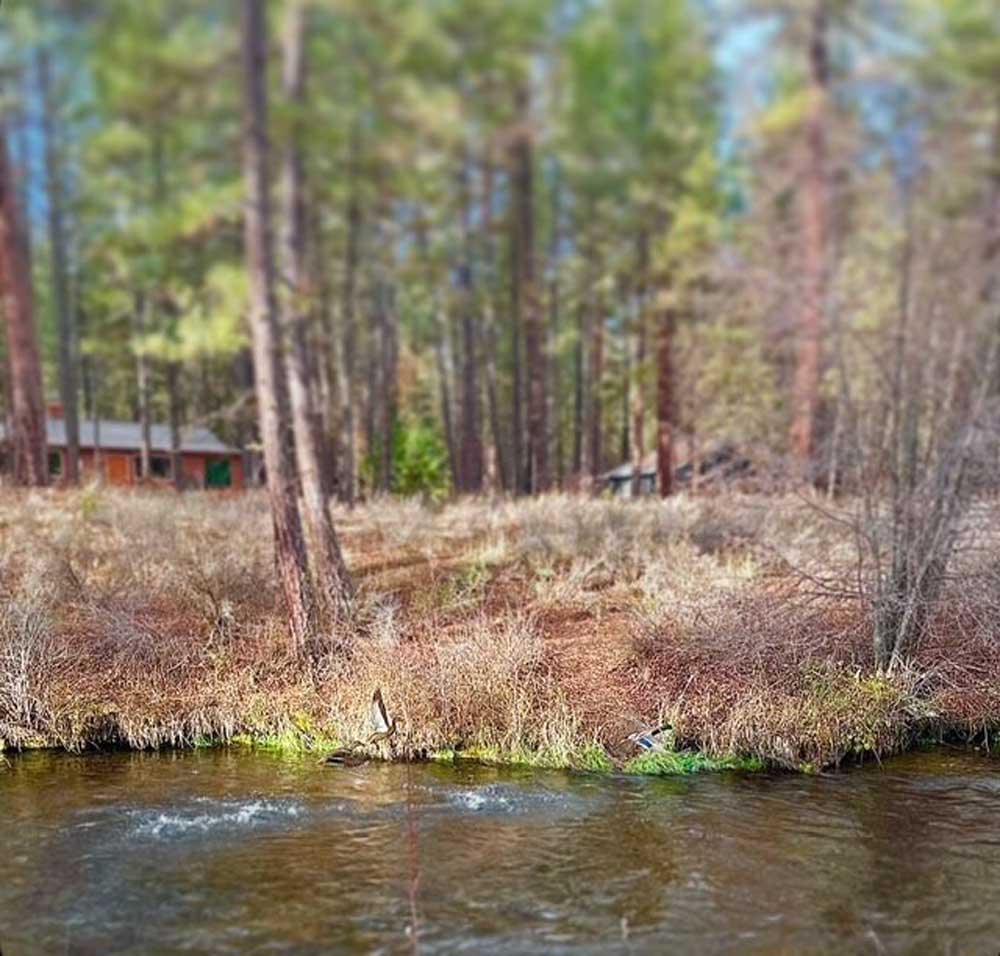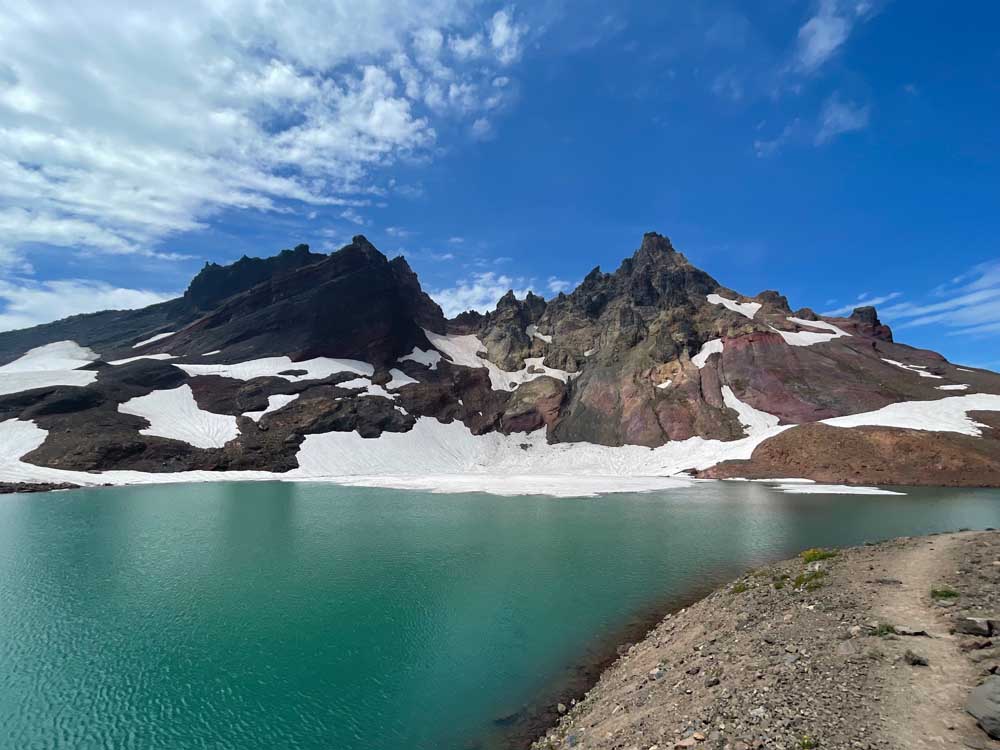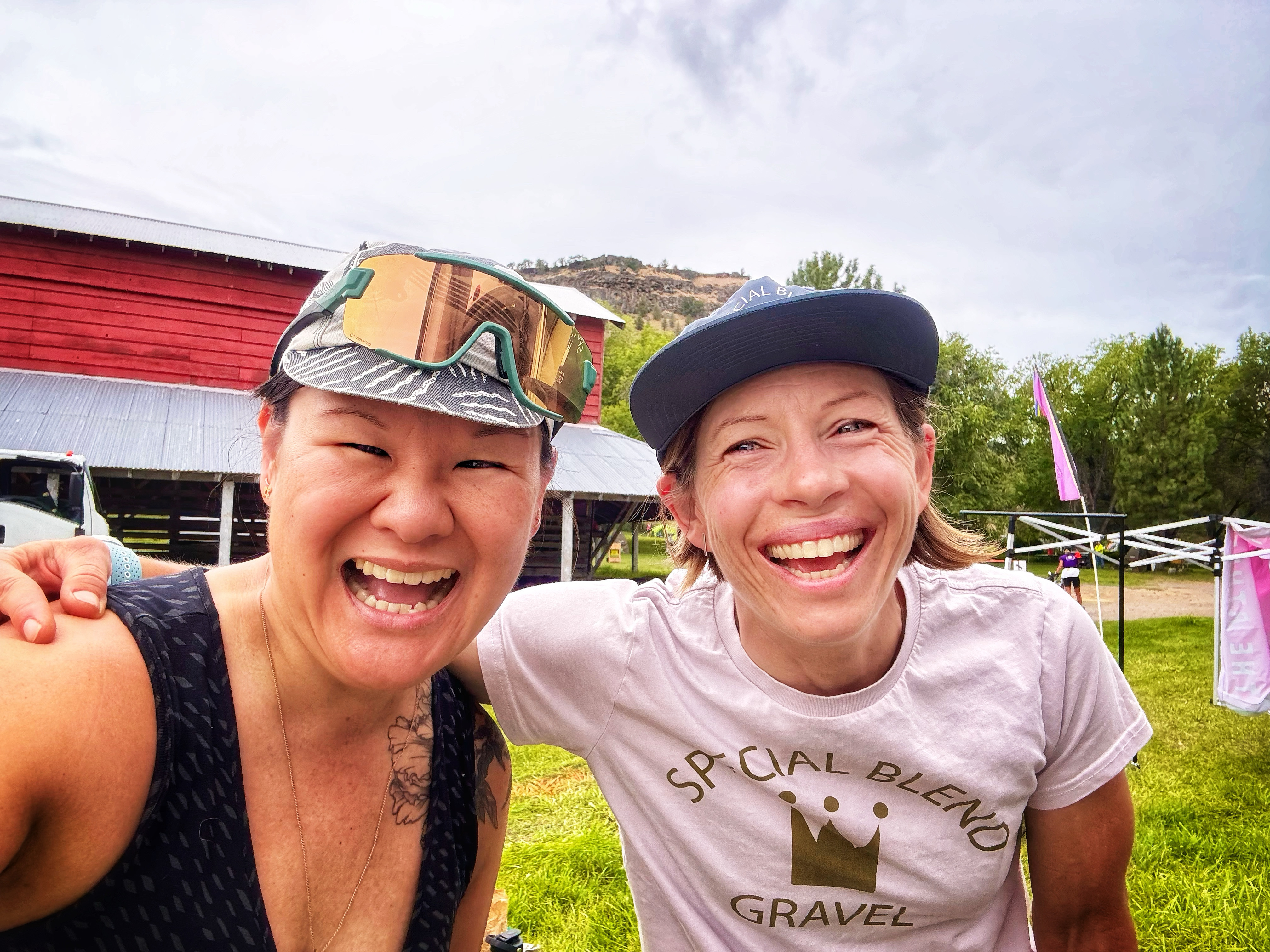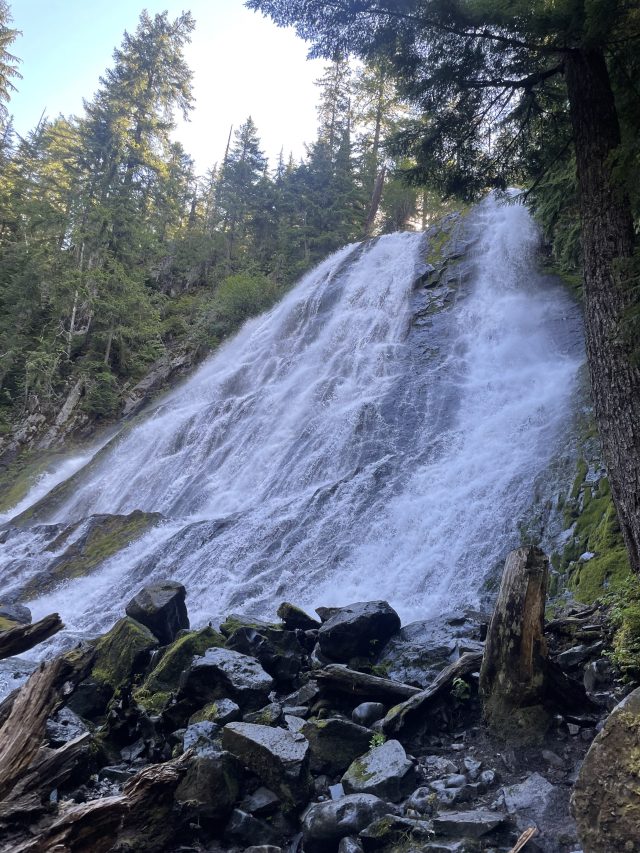Metolius Headwaters restore the soul
Published 6:00 am Thursday, December 12, 2024

- Ducks take flight from the Metolius River, as seen from the east bank by one human and one very focused canine.
Don’t misunderstand me: I love Dillon Falls, I’ve floated the Deschutes, I’ve cast a dry fly into the Crooked River, I’ve scrambled up South Sister and Broken Top, and I’ve witnessed marriage vows below the blindingly golden spires of Smith Rock State Park.
Yet perhaps no other Central Oregon attraction — to me — exemplifies the beauty, peace, life, and stunning color of our region quite like the Metolius River.
Trending
Let’s start with its bizarre headwaters. How does an icy-blue, roaringly majestic river birth itself from little more than a loud puddle? Geologists believe the Metolius River pours underground from the Cascade Mountains to the west, and not from beneath Black Butte, as locals commonly assume. Yet within about 50 yards, it takes full river form, creating a home for hundreds of species of fish, fowl and countless other critters for nearly 30 miles.
Whatever its parentage, the Metolius attracts thousands of locals and tourists to its banks for fishing, hiking, camping and slack-jawed gazing every year. And it attracted me on what should have been a lazy, quiet, wintry December Sunday following a busy week. Rather than sleep in and doom scroll my iPhone with coffee, I woke up early, slid into cold-weather running gear, and loaded our 2-year-old black Labrador retriever, Tilly, into my truck for an expedition to this Ponderosa paradise.
Just 10 minutes north of Sisters, over the Jefferson County border on Highway 20, Camp Sherman and the Metolius River Recreation Area covers hundreds of square miles in the Deschutes National Forest. Most visitors use the Camp Sherman general store or one of the many campgrounds as a home base. This past Sunday, like a casual tourist, I parked near the headwaters, and wandered.
While I couldn’t help but peek at the Metolius Headwaters themselves, my primary goal was a 4-mile run along the East Metolius River Trail, just after it converges with the Metolius-Windigo Trail, about a quarter mile north of the headwaters.
While the trail and surrounding ground was not yet covered in snow as of Dec. 8, the freezing nights leave a morning trail solidly cast in solid brown. As the sun began to shine rays onto the trail through branches of Ponderosa, cedar and spruce, the trail got softer. In places, tiny sinkholes formed, catching my strides and even tripping up my four-legged companion a couple of times.
When not focused on the trail and avoiding slippage, I marveled again at the ageless Metolius. Its flow is constant, about 50,000 gallons per minute near the headwaters, and treefalls in the river create countless islands of flora and fauna. About 1.5 miles into the run, Lake Creek (babbling eastward from nearby Suttle Lake) joins the flow and contributes to the river’s volume.
Trending
The Metolius keeps meandering northward, peppered by cabins new and old along its west bank at this point. The area immediately around the headwaters is fenced private property. Much of the first 2 miles of the river’s flow is interrupted by bridges connecting tracts of cabins on the west side to the forest road and Riverside Campground on the east side (ironically, Riverside Campground’s sites are probably among those with the longest walk to the river, if you compare them to Allen Campground or Metolius Campground downriver).
Yet even with all this human infrastructure in their midst, mallards, squirrels and mule deer go about their business with only mild annoyance toward the occasional canine and human interloper. Bull trout populate the marine area, feasting on young salmon and their eggs, or so I’ve heard — we didn’t see any on this trip. Rumor has it that this is a fine area for black bears and cougars, but both species were too shy (or too sleepy) to make themselves known.
Usually when I embark on a run, I pop in ear buds to pass the time. While running alongside the Metolius, however, I insist on full sensory input. The crash-landing of ducks on the placid river’s surface are an essential part of the soundtrack. The screeching of stellar jays, chirping of chipmunks and general hum of the river are also a must-listen, even if they don’t make my year-end Spotify wrapped (they should, dang it).
The December playlist alongside the river is a tad quieter than, say, May or October, with its spring chirping and fall rutting, respectively, but winter chills have the happy side-effect of preserving the experience for those who respect the quiet. Tourists number in the handful when there are icy roads, and that made this early-rising local thankful.
My venture was not long; Tilly and I about-faced toward Black Butte a full mile before reaching the civilization of Camp Sherman. But judging by Tilly’s long nap and the contentment of my own nourished soul, I knew I had injected just enough Metolius into my veins to last until we meet again.
Hopefully soon.








